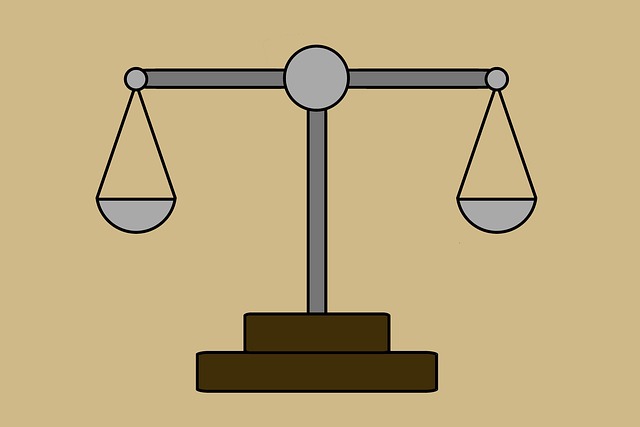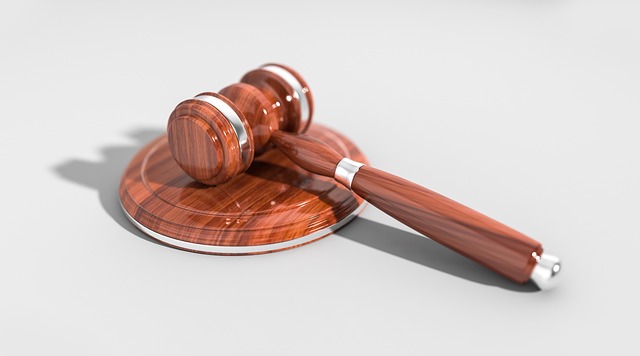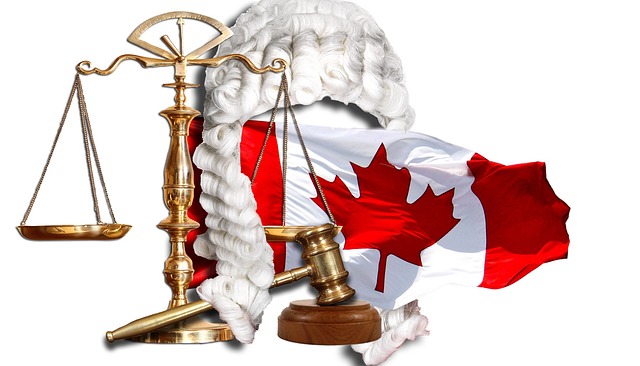Environmental Crime Trials (ECTs) employ appeals and post-conviction relief to address environmental offenses, aiming for punishment, deterrence, and restoration. Appeals focus on procedural errors in initial trials, while post-conviction relief challenges evidence or legal interpretations, crucial for holding corporate offenders accountable. Understanding these distinct strategies is vital for achieving justice, ensuring accountability, and preserving natural resources.
Environmental Crime Trials delve into the legal complexities of prosecuting environmental offenses, highlighting crucial distinctions between appeals and post-conviction relief. This article examines the unique challenges posed by these proceedings, exploring key differences in procedural steps and timelines. We analyze strategic considerations for both appeals and post-conviction relief, offering insights that are essential for legal professionals navigating this specialized landscape. By understanding these nuances, practitioners can more effectively advocate for justice in cases involving environmental crimes.
- Defining Environmental Crime Trials: Legal Frameworks
- Distinguishing Appeal from Post-Conviction Relief
- Key Differences in Procedural Steps and Timelines
- Strategic Considerations for Both Appeals and Relief
Defining Environmental Crime Trials: Legal Frameworks

Environmental Crime Trials (ECTs) refer to legal proceedings that address crimes against the environment, such as pollution, habitat destruction, and illegal logging. These trials operate within a specific legal framework designed to protect natural resources and hold perpetrators accountable. The primary goal is not just punishment but also deterrence and restoration. Key to this process are understanding the differences between appeal and post-conviction relief.
While appeals focus on reviewing the initial jury trials to ensure procedural fairness and accuracy, post-conviction relief mechanisms offer a second chance to address previously unchallenged issues. In ECTs, these processes are crucial for holding corporate offenders accountable across the country, as they can avoid indictment by challenging evidence or legal interpretations. Thus, understanding these distinctions is vital in navigating environmental justice, ensuring that perpetrators face consequences for their actions and contributing to the preservation of our natural landscape.
Distinguishing Appeal from Post-Conviction Relief

In the realm of environmental crime trials, understanding the nuances between appeal and post-conviction relief is paramount for achieving extraordinary results in high-stakes cases. While both are legal avenues to challenge convictions, they serve distinct purposes. Appeal primarily focuses on reviewing errors in law or procedure that occurred during the initial trial, aiming to overturn or modify a judgment. This process allows for a fresh interpretation of the evidence and applicable laws by a higher court.
In contrast, post-conviction relief is a more far-reaching mechanism designed to address issues that were not previously available or discovered at the time of the original trial. It delves into matters such as ineffective assistance of counsel, newly discovered evidence, or errors in sentencing. By invoking post-conviction relief, individuals seek to undo or modify their convictions and sentences, often avoiding indictment altogether. This process is crucial for ensuring fairness and addressing potential miscarriages of justice in environmental crime cases where the stakes are high and the consequences significant.
Key Differences in Procedural Steps and Timelines

Environmental crime trials often present unique challenges when it comes to procedural steps and timelines, setting them apart from typical general criminal defense cases. One key difference lies in the stage at which legal action is taken—from all stages of the investigative and enforcement process onwards. These trials may involve complex scientific evidence and expert witnesses, requiring more time for preparation compared to standard criminal proceedings.
The distinctions extend to appeals and post-conviction relief. In environmental cases, appeals often focus on challenging the application of environmental laws or the interpretation of regulatory agencies’ decisions, which can significantly prolong the legal process. Unlike general business operations, respective environmental businesses might face prolonged uncertainty due to these extended timelines. Post-conviction relief, meanwhile, may encompass strategies like vacating judgments, setting aside convictions, or granting new trials, each with its own specific rules and restrictions.
Strategic Considerations for Both Appeals and Relief

When navigating environmental crime trials, strategic considerations for appeals and post-conviction relief differ significantly. Appeals focus on reviewing procedural errors and legal issues during high-stakes cases, aiming to overturn or modify an existing conviction. This stage involves scrutinizing evidence, witness testimonies, and legal arguments presented in jury trials, ensuring adherence to legal standards.
In contrast, post-conviction relief seeks to provide relief for defects in all stages of the investigative and enforcement process that may have prejudiced a defendant’s rights. Unlike appeals, it doesn’t necessarily aim to change the guilt or innocence verdict but rather to address procedural shortcomings. This can include ineffective assistance of counsel, prosecutorial misconduct, or newly discovered evidence that wasn’t available during the initial trial proceedings.
Environmental Crime Trials, with their unique procedural nuances, offer a critical avenue for justice. Understanding the distinct paths of appeal and post-conviction relief is paramount. While both seek to rectify legal errors, they diverge in scope and timing. Knowing these differences empowers legal strategists to navigate the complex landscape, ensuring fair outcomes for all parties involved in environmental cases. By employing tailored approaches, lawyers can advocate effectively, bridging the gap between legal theory and real-world impacts of environmental crimes.






